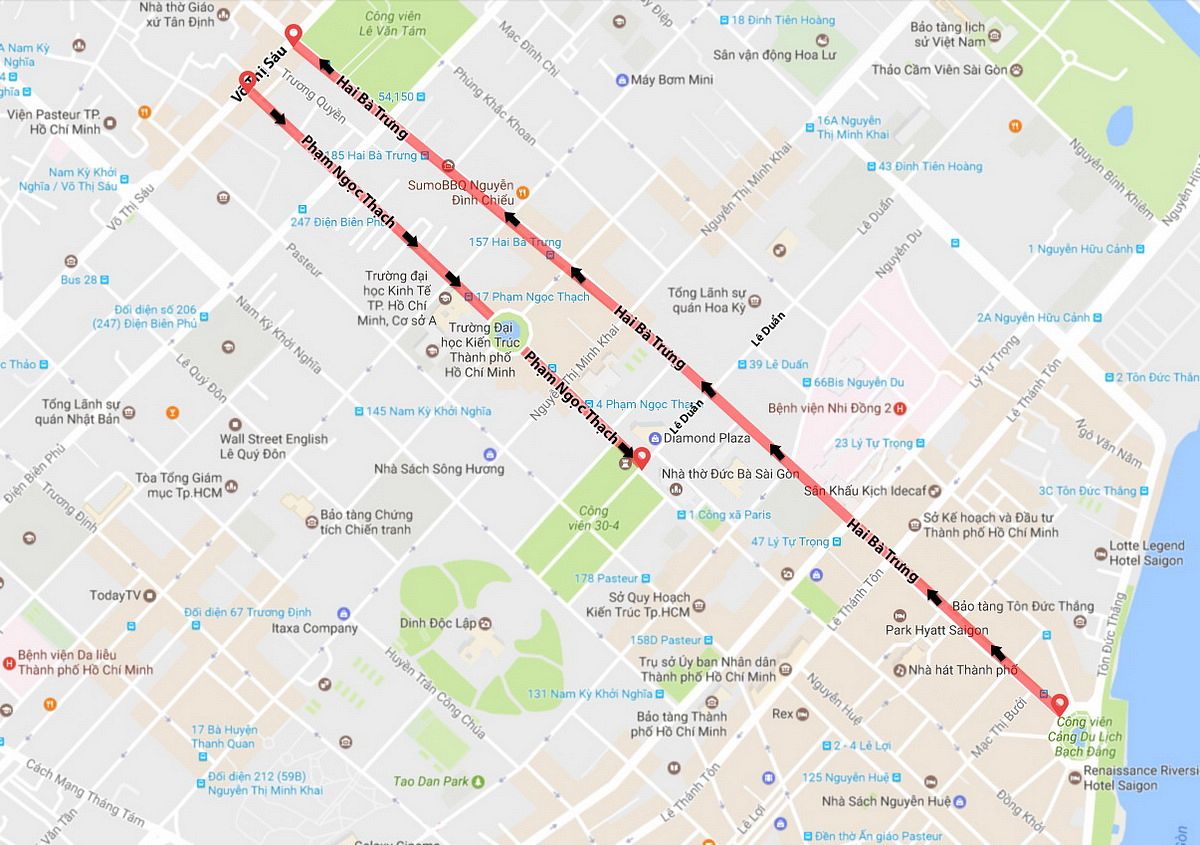Bus ridership has plummeted in Saigon, but are ride-share apps to blame?
In a recent report on Ho Chi Minh City's socioeconomic conditions, the Department of Planning and Investment presented some statistics relating to the city’s bus network, reports VnExpress. According to the document, in the first four months of 2019, Saigon’s bus ridership has dropped by 8.9% compared with the same period last year. Specifically, non-subsidized bus routes saw a decrease of 5.5% in passengers while the figure is 10.2% for subsidized bus routes.
The HCMC Department of Transport stated five possible reasons for the drop, including old and badly maintained vehicles; increased costs; mismanagement; reduced number of routes; and the proliferation of ride-hailing services.
With the rise of digital “xe ôm” like Grab, Go-Viet and Be, bus ridership has been on the decline in recent years. In 2018, Saigon buses served 571 million customers, 21 million fewer than in 2017. Go-Viet and Be launched in August and December of 2018, respectively.
“The growth of Grab, Go-Viet, Be [and others] created competition for traditional bus services, as riders tend to prefer such services [ride-share apps] for short distance as they’re convenient and flexible while the price is about the same as buses,” the report states in Vietnamese.
Apart from diminishing ridership, Saigon buses are also struggling to attract advertisers for their on-vehicle banners. The advertising scheme was imposed in 2017 as another channel of income for local buses. Alas, four most recent rounds of auctions were met with lukewarm responses from advertisers. HCMC public transport authorities announced another round not long ago with more flexible contracts and terms, but it remains to be seen if the changes are effective.
To increase income, the city will slightly increase bus price by VND1,000 for trips spanning 15–25 kilometers. The price for short trips remains the same, in hopes of competing with ride-hailing outfits. At the moment, Saigon is also piloting electronic bus cards on nine routes, with another seven routes set to start beginning this July.















